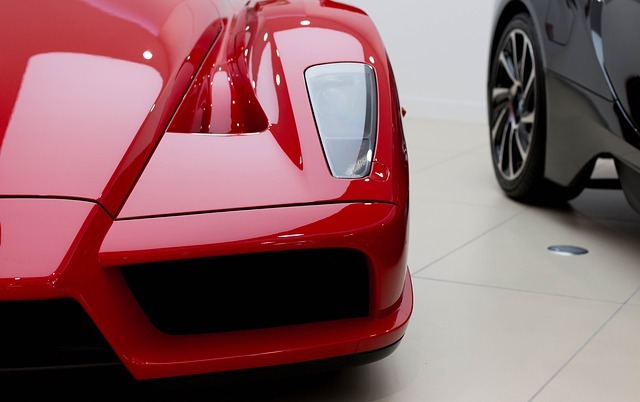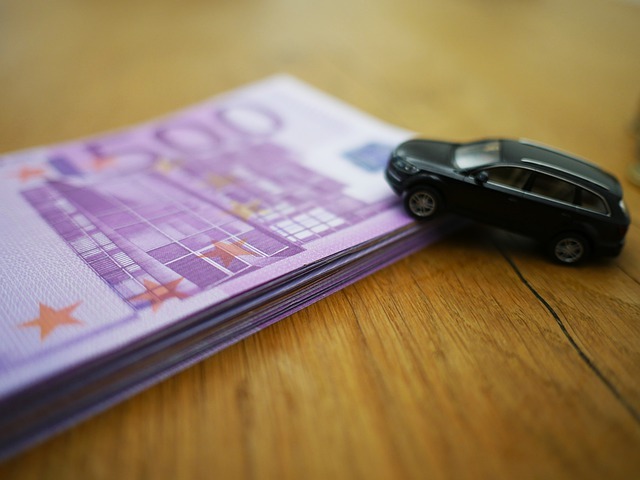The best ways to purchase a brand new car

The most popular car financing options for 2020. Source: pixabay.com
Let’s consider a situation when you have just decided which car you want and, consequently, you are ready for the big step i.e. to buy it. Maybe you’ve already had a test drive, and decided on the color and the material of car seats.
Whatever steps you’ve taken, you shouldn’t forget about the major one. It is vital to consider different car finance options.
PaySpace Magazine is offering to have a conversation about car financing options, and consequently has compiled a short guide on how to choose the best one for you.
Car finance loan
Basically, a car finance loan is a typical loan. The only difference is that you take out this type of loan particularly to purchase a vehicle. Cars can be big purchases, so spreading out the cost over a couple of years can sometimes be the best option. Like all loans, they’ll come with interest rates, and some lenders may charge you additional fees for paying back the loan early.
When you’re looking to finance your car, there are generally three different options.
Personal Loan
The first option is to take out a personal loan.
Thus, you agree with your bank/building society/etc to borrow a set amount of money. Therefore, you’ll have to make monthly repayments to repay the borrowed amount plus interest, which depends on the annual percentage rate (APR) the lender offers you.
If you have a good credit history and your lender makes sure you are a responsible borrower, the APR can be low. Thus, a personal loan could be the cheapest option for buying a car.
Also, your finance agreement is with the bank that lends you the money. So as soon as you pay the dealership, you own the car outright.
Pros
- As we’ve mentioned above, if you can’t purchase right away with cash, this is usually the cheapest alternative.
- Flexible amount – you know for sure how much you need, and that’s why you only borrow what you need.
Cons
- Some loan providers take a while to send you the money.
- Taking out a loan can affect your credit history. It can make some problems, if you wish to borrow money in the future.
Hire Purchase

When you’re looking to finance your car, there are generally three different options. Source: pixabay.com
Another option is hire purchase. Here you’re making monthly payments to a finance company arranged by the car dealership.
It seems to be a good option, but you should remember that you only own the car outright after the final payment. Until then, your car is the property of the finance company your agreement is with.
There is also usually a deposit to pay before you can drive off in your new car. Mostly, finance companies require 10% of the hire purchase agreement, but it varies. Anyway, the bigger deposit you can put down, the lower amount you’d have to pay monthly.
If you’re looking to get a car on finance, but only need a small amount to cover the difference between what the car is worth and what you’ve saved, this could be a good option.
Pros
- Normally, you can arrange an agreement with the dealer the same day, which is a big plus.
- Flexible repayment terms. Usually, they offer from 12 to 60 months (but it depends on the specific company you work with).
- Fixed interest rates. This will spare you from facing nasty surprises.
Cons
- You don’t own the car until the final payment.
- It can get expensive if you only have a small deposit.
Personal Contract Purchase (or PCP)
The third option is called a personal contract purchase. A PCP is similar to a hire purchase. You can put down a deposit and make monthly payments.
But the monthly payments are usually lower than other car finance deals, as you don’t automatically own the car at the end of the purchase agreement. Instead of paying the value of the car brand new, the amount you’re paying is the value of its ‘depreciation’ at the end of the contract.
Now you may ask what sense does it make.
Well, a car loses value almost immediately. A brand new car can lose from 20% to 30% of its value as it drives out of the dealership. There is no point to pay the full value of the lease at the end of the agreement if you’re financing your car.

Using cash when buying a car is always the cheapest option. Source: pixabay.com
In other words, a PCP offer you the following options:
- you can pay off the rest of the car’s value and keep it
- you can return it
- you can take out a new contract purchase and get another new car
The final payment you make at the end of leasing a car is the one that lets you keep it. It’s sometimes called a “balloon payment”.
But remember, you don’t fully own the car unless you pay off the full amount.
Pros
Lower monthly payments than hire purchase.
Flexible repayment terms.
The choice to keep or trade-in the car at the end of the contract.
Cons
- Most firms have restrictions on the types of car you can get.
- Annual mileage limit, which implies penalties if you exceed it.
- The dealership owns the car.
The things to look out for
So, we figured out that there are three major finance options when it comes to buying a car.
Here are some tips that might be helpful when choosing a finance option:
- A monthly payment should be bearable for you. In other words, don’t agree a sum that will make you feel uncomfortable (not to mention a sum you can’t afford). It is all about having wiggle room.
- Note all the extra payments and fees. Usually, you’ll have not just monthly repayments, but also arrangement fees, early repayment fees etc. They shouldn’t be an unpleasant surprise for you.
- Using cash when buying a car is always the cheapest option.
SEE ALSO:









